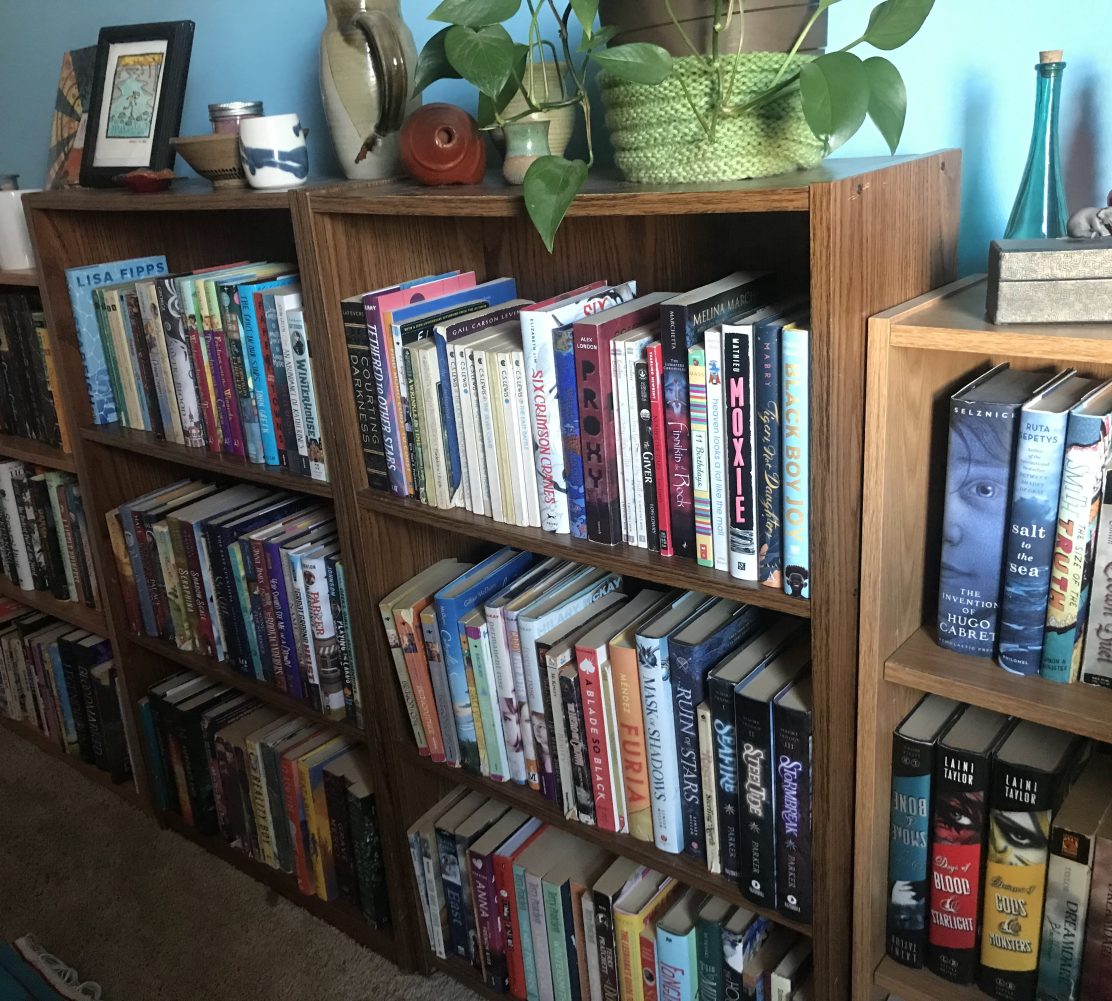by George M. Johnson
Read by the author
Support your local independent bookstore: buy it there!
Or listen at Libro.fm
Content: There is some swearing, including a few f-bombs. There is also a graphic depiction of sexual assault and some on-page sex. It’s in the Teen Issues section of the bookstore.
In the wake of Nex Benedict’s death, and at the end of Black History month, I decided it was time to listen to this one, which I’ve had on my TBR pile since it came out in 2020. Nominally, Johnson’s memoir of a childhood growing up in a loving Black family while questioning his sexuality and gender, All Boys Aren’t Blue tackles both the feeling of being on the outside because one can’t conform to traditional ideas of what gender is, and feeling loved and included by one’s family. Johnson frames much of his childhood through the lens of trauma – from being beat up when he was 5 by neighborhood bullies to his sexual assault by a cousin – but also reinforces the idea that his family loved and accepted him (mostly) unconditionally.
I think this is an important book, and one that is most definitnely needed. I believe that Johnson’s voice is one that should be heard and respected. Was it a good book, though? Maybe? He was, however, not a good narrator. He was earnest, but often stiff and inelegant in his delivery. I think I would have liked this one a lot better had I read it rather than listening to it. That said, I’m glad it’s out there, for kids to find and hopefully help them navigate the waters of growing up.










